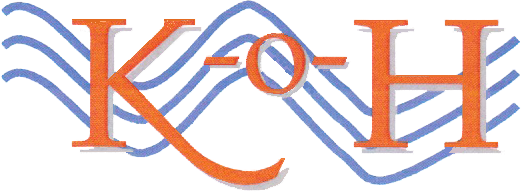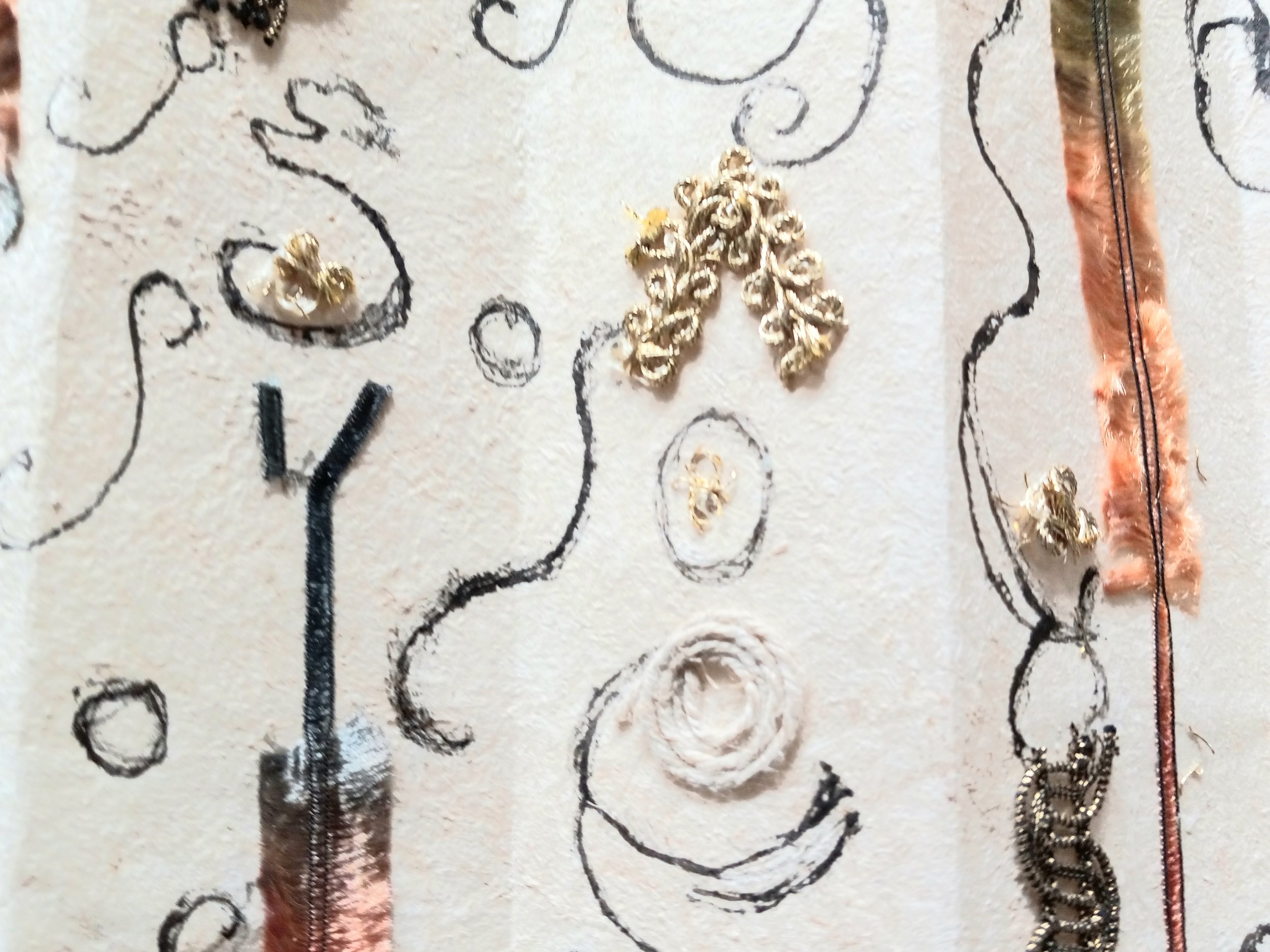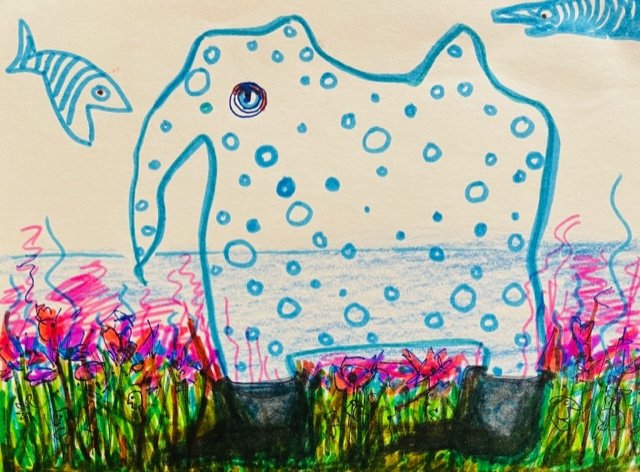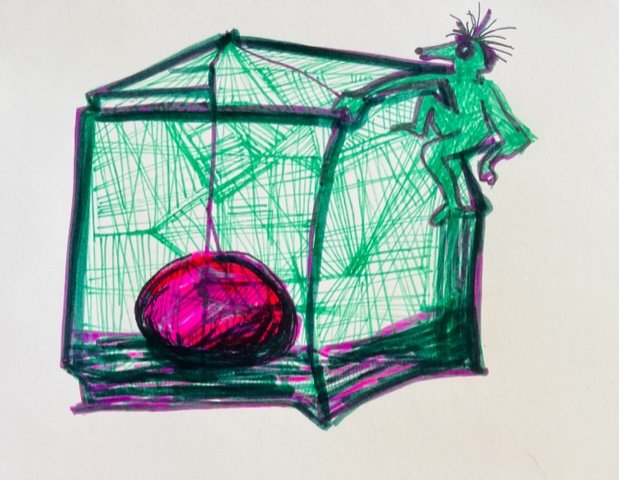On October 28, International Animation Day is a day to celebrate everything about animation, including the artists, scientists, and technicians that develop, create, and employ it.
Animation — an art, cultural expression, and means of communication — is the manipulation of drawings to look as if they are moving. It’s been around for more than 100 years to create cartoons and other types of entertainment, and is found on television, commercial theater screens, and the Internet, but it also flourishes in feature films and shorts from independent filmmakers, authors, artists, students, and children.
International Animation Day was created in 2002 by the International Animated Film Association (ASIFA) to commemorate the day when animation was first shown to the public: October 28, 1892, at the Grévin Museum in Paris. On that day Charles-Émile Reynaud and his Théâtre Optique presented his first production, Pantomimes Lumineuses, a collection of 3 cartoons, Pauvre Pierrot, Un Bon Bock, and Le Clown Et Ses Chiens. Reynaud’s Théâtre Optique, a machine patented in 1888, produced images on a screen using 36 mirrors, two magic lanterns or supplementary lights that were the source of a stationary background, and a projector. The images were painted on a long band wound up on two spools that were rotated by hand. Working the spools demanded some skill, so it was usually Reynaud’s hand that did so. Each of the three animations consisted of 500 to 600 individually painted images and ran for about 15 minutes. Reynaud acted as the projectionist; a piano player accompanied him. Actors on the side provided the dialogue. The show ran until 1900 and was seen by half a million people.
Animation began to evolve. Next came “lumière style,” replacing hand-drawn images with photographs for a more realistic visual experience. Audiences embraced the more modern style and lost interest in the performances at the Grévin Museum.
Through the following years and decades, artists and technicians have developed different kinds of animation:
Traditional or 2D Animation: 2D Animation uses flat characters and environments. It’s one of the most recognized animation art forms. Before digital tools and advanced techniques, 2D animation required the use of meticulously hand-drawn frames, which took a long time. An example of 2D animation: Walt Disney’s Mickey Mouse, created in 1937
3D Animation: 3D animation got its start in the 1970s with the help of computer technology. It uses the art of motion and helps make characters look more realistic. With further development of special software in the 1990s, 3D animation became very popular. Examples 3D animation: Toy Story, The Terminator, and Jurassic Park.
Stop Motion Animation: Stop Motion Animation strings together pictures of still objects in a specific sequence, creating the illusion movement. It’s one of the oldest types of animation. Modern examples of stop motion animation: Chicken Run and The Nightmare Before Christmas.
Other commonly used types of this animation include rotoscope, motion capture, mechanical, and claymation.
Typography Animation: Movies, commercials, and other forms of media often use animated text in their introductions or credits. Typography animation allows moving text to shrink, expand, or morph into something else. An example of Typolgraphy Animaton: the Star Wars introduction.
Each year, ASIFA helps coordinate and promote International Animation Day celebrations around the world. Cultural institutions screen animated films, exhibit artwork and stills, provide technical demonstrations, organize workshops, and organize other events that promote the art of animation. Today, International Animation Day celebrations include more than 1000 events in 50 countries.
OCTOBER 29: NATIONAL OATMEAL DAY





























































































